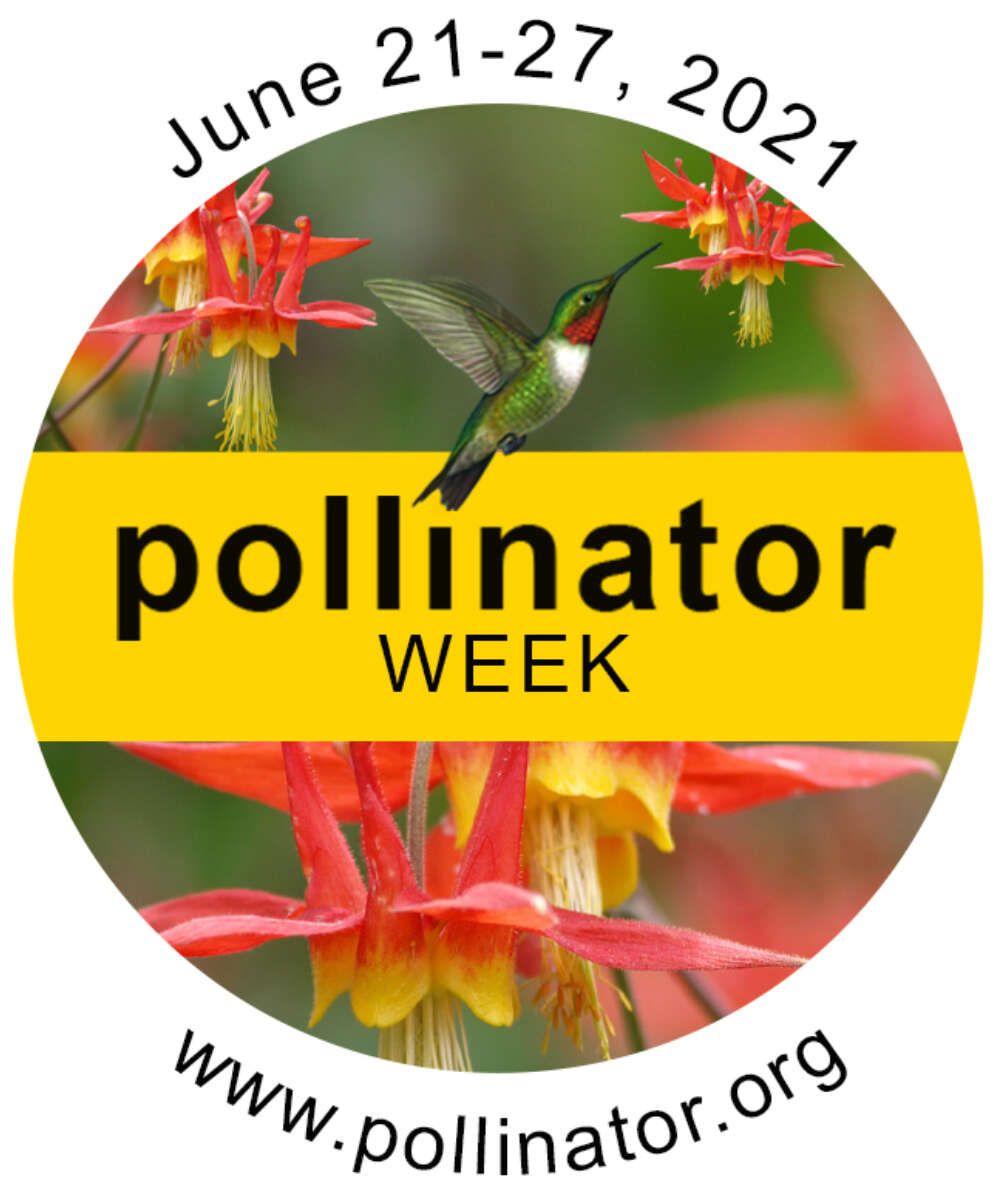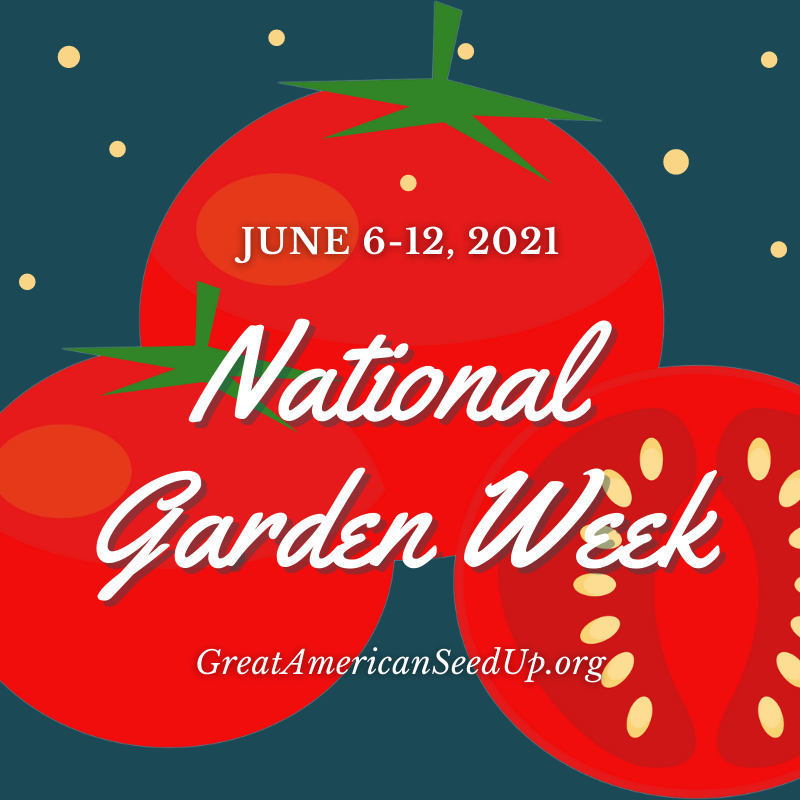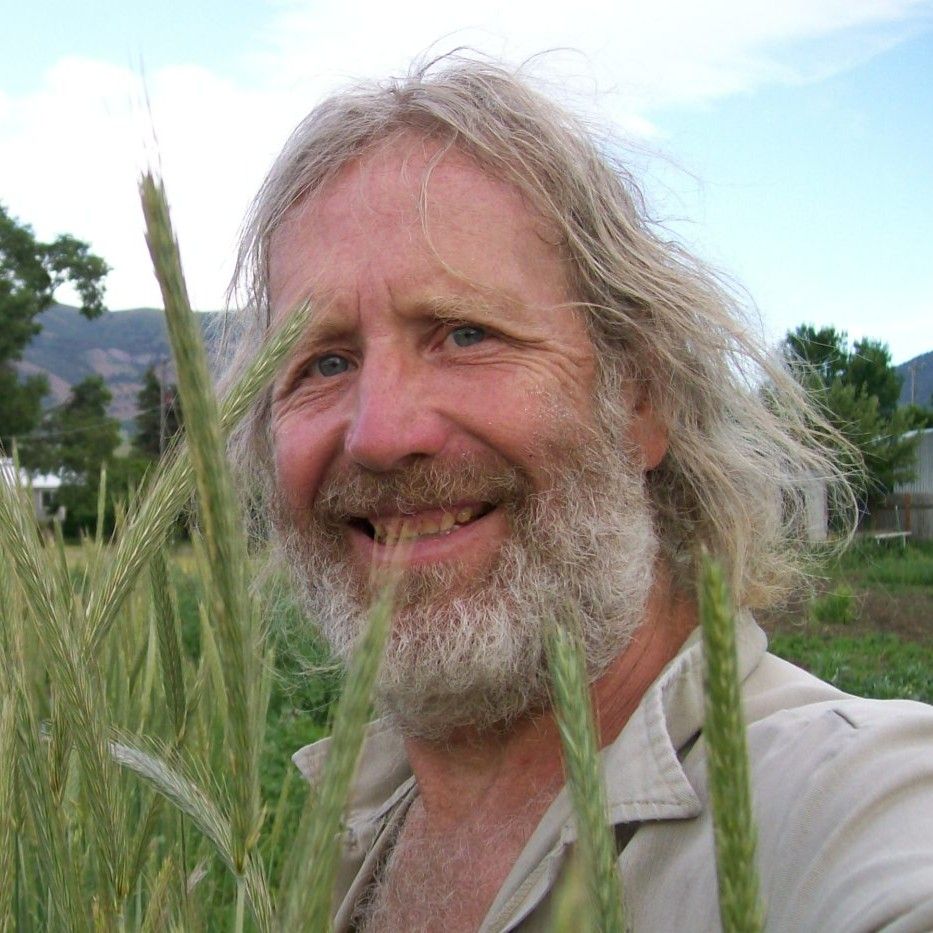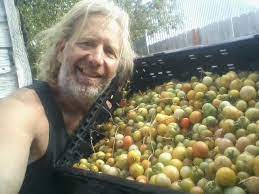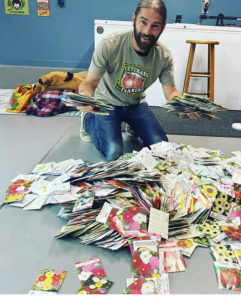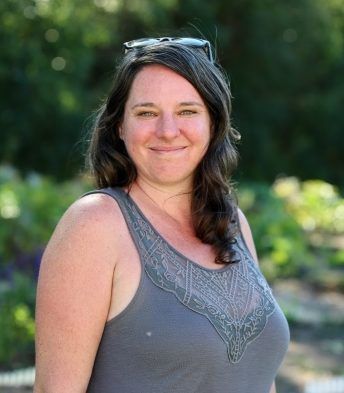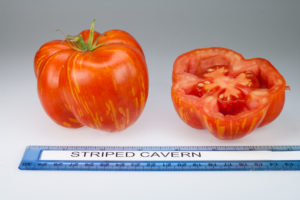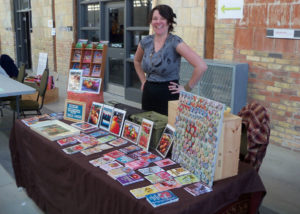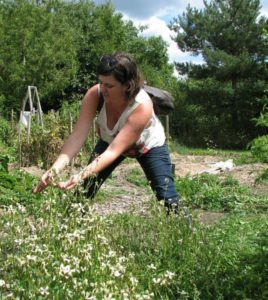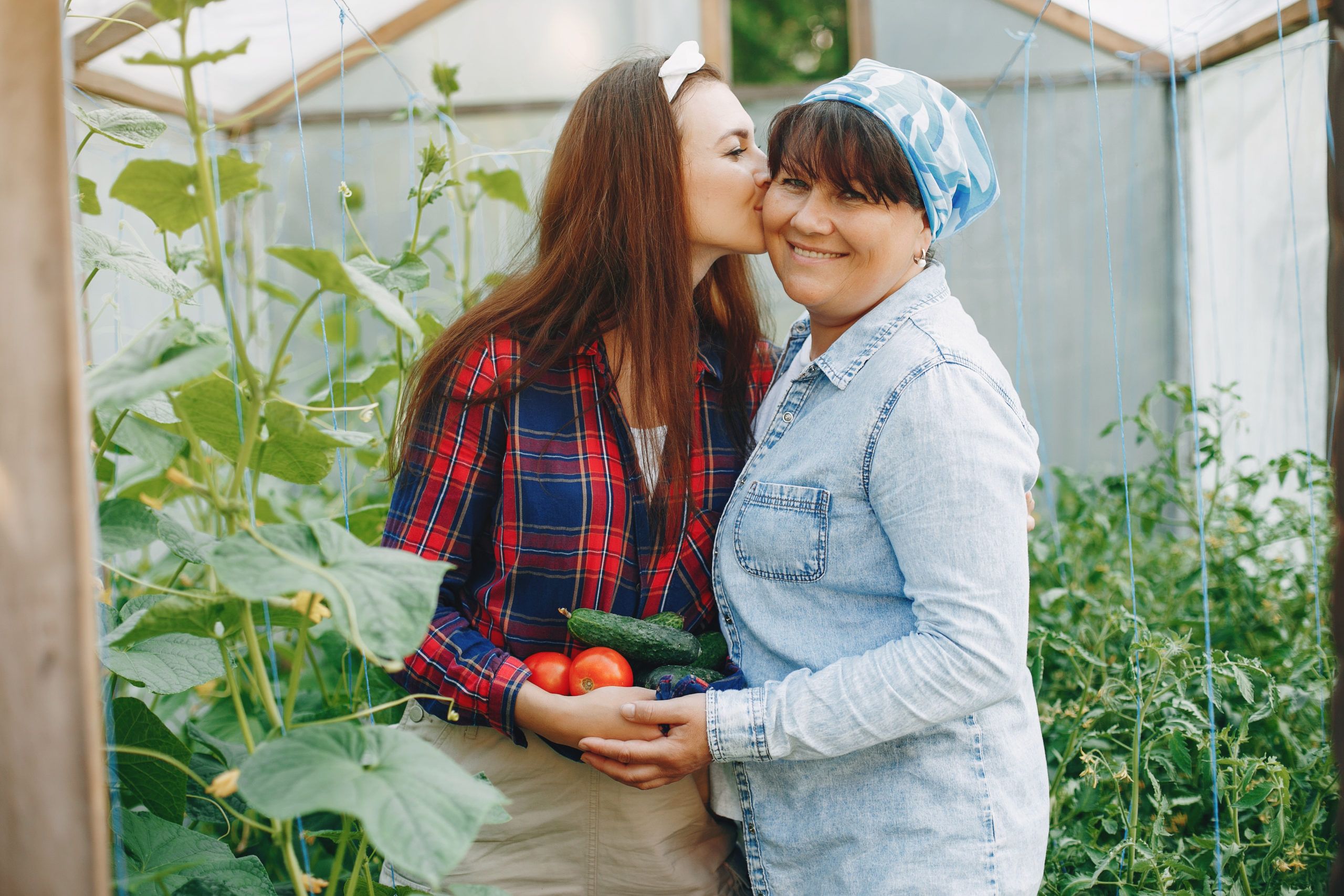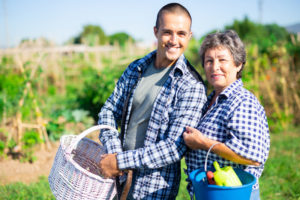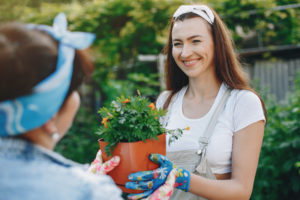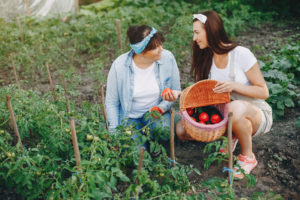Silver Lining for Yearly In-Person Great American Seed Up
They say that necessity is the mother of invention. The adage rings true with the founders of The Great American Seed Up (GASU).
GASU originated as an annual live event in Phoenix, Arizona where customers could scoop up bulk seed from buckets and participate in educational presentations all day. When the Covid-19 crisis rendered their current business model unworkable, they put their heads together to come up with a solution and took the program online to GreatAmericanSeedUp.org. Thus, Seed Up in a Box (SIB), a project of the Great American Seed Up, was born. The innovation has been an unexpected boon for the company and for its customers.
According to the founders, the Great American Seed Up has always been one big, grand experiment. Imagine walking into a room bustling with gardeners and filled with more than 100 varieties of seeds ready to be literally scooped up and taken home for planting or saving. This is exactly what the Great American Seed-Up is all about. “The idea is to give valley residents an opportunity to learn about seed saving, and then to harvest as many ounces or pounds of seed as they want to begin their seed saving adventure,” says Greg Peterson, Urban Farm Founder and local seed saver.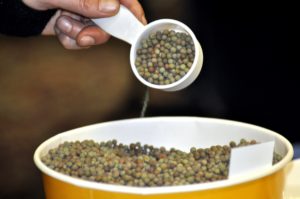
The Seed Up, not replicated or found anywhere else, was a novel way to get quality seed into the hands of farmers and gardeners, minus the packaging and distribution costs that drive up the price of seeds for the consumer. “These seeds were the best varieties we could find in bulk to help people save seeds,” says Seed-Up co-organizer Bill McDorman.
On May 16, 2015, GASU opened its doors for the first live Seed Up. Interest was so strong that the organizers needed to manage the number of tickets sold to make certain there was enough seed in stock to go around. The Great American Seed Up sold out.
The event was lively and attendees were undeterred by long waits to scoop seeds. Educational presentations filled up to standing room only. Customers were patient and supportive as staff and volunteers scrambled to keep buckets filled and to tally up purchases. Despite the usual glitches of an inaugural event, energy was high, seeds were scooped and growers rubbed shoulders. 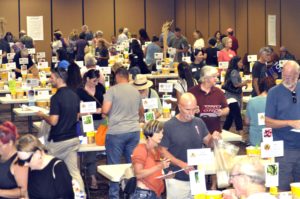
Due to high demand, a second Seed Up was held in the fall of 2015, and then annually through 2019. Numbers of attendees increased at each event, and so did the need to adapt procedures to improve the flow and efficiency. Janis Norton, creator of Two Peace in a Pod orchard and garden, was instrumental in creating and streamlining systems for seed distribution and education.
With the onset of the pandemic in 2020, resulting in shortages of basic commodities, seed companies saw a sharp and sudden increase in demand. Gardeners, especially those who were new to growing food, were dismayed to discover that the seeds they needed were in short supply. Unexpectedly high demand pushed fulfillment operations past capacity. As a result, sales had to be suspended by most suppliers as they strove to catch up.
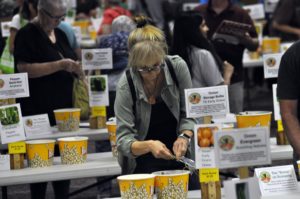
Despite these challenges, the mission of the Great American Seed Up remained the same – to get seeds into the hands of gardeners.
The company had access to plenty of seed to meet the needs of its customers. But hosting a large festival was not feasible for the foreseeable future. “I was very disappointed that we couldn’t host a live event,” says Kari Spencer, co-organizer and author of City Farming. “The energy and camaraderie when you get a bunch of seed people together doubles the thrill of getting our hands in buckets of seeds. We had seeds, but couldn’t distribute them.”
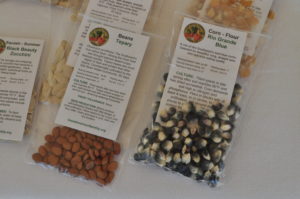 Faced with an uncertain future, founders began to brainstorm ways to get bulk seeds to their customers without raising prices or losing the sense of community, despite social distancing challenges.
Faced with an uncertain future, founders began to brainstorm ways to get bulk seeds to their customers without raising prices or losing the sense of community, despite social distancing challenges.
The solution: Seed Up in a Box (SIB).
GASU moved all sales online, making seeds available in SIB bundles that contained enough bulk seed to form 10 oversized portions of multiple varieties. This was new and uncharted territory from an operational standpoint. Why package enough seed for 10 people? The reasons are three-fold:

First, packaging in bulk keeps costs down for customers. Prior to the Covid crisis, seeds were distributed in-person at a discount from other retailers. Now SIB cuts the prices even more — as much as 50% less than the in-person cost.
Secondly, they knew we didn’t want to become a seed packaging company. “As a seed company owner for 28 years, I was looking for a different model to reduce costs and workload for us! Also, putting seeds in buckets and having our customers scoop up their own provided a connection to the seeds themselves that we feel is invaluable,” stated Bill McDorman.
And thirdly, GASU encourages customers to shop as communities, churches, friendship circles, or groups created via social media. Bundles are sized to provide enough seed for community gardens or neighborhood co-ops. Included with each bundle is a guide for creating seed swaps to distribute the seeds with Covid-19 safety in mind.
In addition to selling seeds in bulk bundles, GASU has moved access to seed education to an online Student Portal. Fortunately, co-owner Greg Peterson already had the infrastructure in place via Urban Farm U to facilitate the move. Customers are given access to seed classes that they can watch or listen to at any time. Additionally, GASU partners with Urban Farm U and Rocky Mountain Seed Alliance to produce monthly Seed Chats, a seed education event held live on Zoom that anyone can join. And quarterly, GASU hosts Seed Up Saturday, a three-hour education forum with live Q&A and a chat feature.
The team upped its soc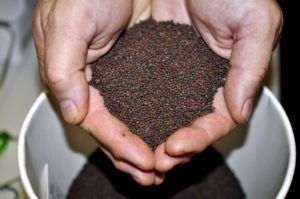 ial media and press releases, expanding GASU’s reach to the entire U.S. and Canada. “We were able to serve growers across the continent since the seed varieties in our program are adaptable and resilient – not zone-dependent. These are the seeds you will find in any of your favorite catalog companies. If you can grow a pepper where you are, then you can grow our varieties,” explained co-owner Belle Starr.
ial media and press releases, expanding GASU’s reach to the entire U.S. and Canada. “We were able to serve growers across the continent since the seed varieties in our program are adaptable and resilient – not zone-dependent. These are the seeds you will find in any of your favorite catalog companies. If you can grow a pepper where you are, then you can grow our varieties,” explained co-owner Belle Starr.
Bill McDorman a prolific seed saver and educator with GASU and Rocky Mountain Seed Alliance added; “The more seed diversity we have growing in our neighborhood gardens and backyard plots, the more resilient we’ll be as a community.”
To shore up systems for wide expansion, the team clarified roles for each owner and employee to better draw upon the strengths of each member. Additionally, procedures were better systemized to improve efficiency. With a plan in place, GASU secured a seed warehouse and hired part-time help to package the bundles, eventually moving to a larger space to accommodate the volume of seed that was needed to maintain a consistent stock. By expanding carefully, GASU did not need to furlough any employees or require PPP funding to stay afloat.
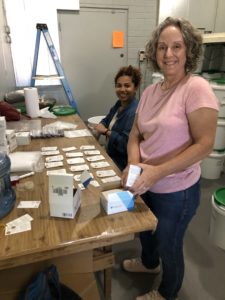 The good news for GASU is that there is a steady rise in the trend toward landscaping, farming and home gardening reported across North America. More than 20 million Americans planted a vegetable garden for the first time during the COVID-19 pandemic, according to Bonnie Plants. GlobalData estimates that the green-thumb boom shows no sign of abating this year, with spending estimated to rise by 7%. By 2024, Statista.com reports and estimated increase in the global market for garden supplies to rise as much as 28%.1
The good news for GASU is that there is a steady rise in the trend toward landscaping, farming and home gardening reported across North America. More than 20 million Americans planted a vegetable garden for the first time during the COVID-19 pandemic, according to Bonnie Plants. GlobalData estimates that the green-thumb boom shows no sign of abating this year, with spending estimated to rise by 7%. By 2024, Statista.com reports and estimated increase in the global market for garden supplies to rise as much as 28%.1
The Great American Seed Up team members are thrilled that people are discovering gardening and are working creatively to enable gardeners’ success and ability to save seeds. The silver lining to changing their business model certainly has been all of the new people that they have met in their online events. While local customers are excited that the in-person festival can resume, the team plans on maintaining their online presence so that GASU continues to serve a wide audience.
The live Great American Seed Up returns on October 1st and 2nd to North Phoenix Baptist Church in Phoenix, Arizona and the online option, Seed Up in a Box will continue with new seeds added often. Visit GreatAmericanSeedUp.org for more information.
During the actual Great American Seed Up we will have a Facebook LIVE event feed hosted by Terra Rose Ganem of Brilliant Planet. Get a taste of the excitement, see what everyone is talking about, get ideas for your own gardens. Join Terra as she gives you a virtual tour of the event, chat with our experts, and shares what it is like to be a participant in a Great American Seed Up.
Follow us on Facebook for live event announcements.
1Statista, & Kevin Van Gelder. (2021, March 15). Gardening sales value forecast 2015–2024. Statista. https://www.statista.com/statistics/1220222/global-gardening-sales-value/#statisticContainer


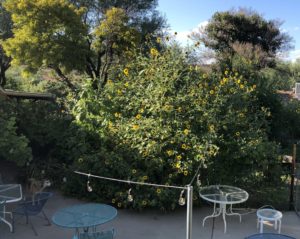
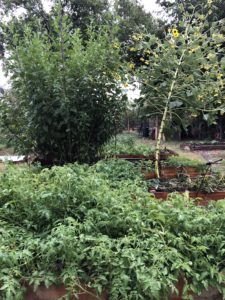

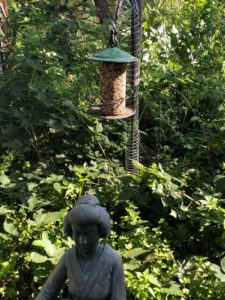

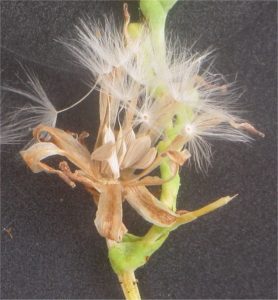
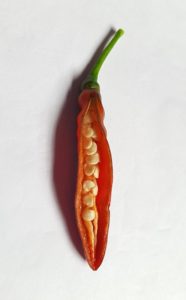
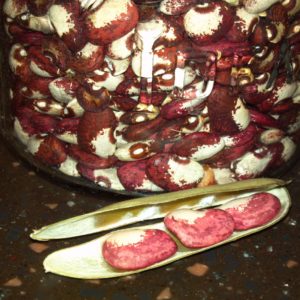

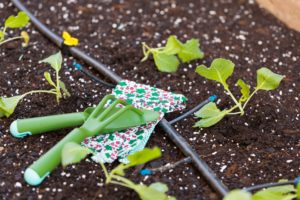

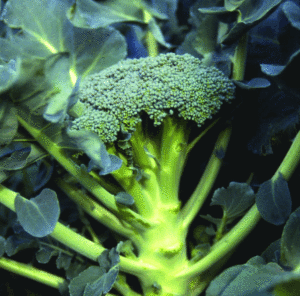 Waltham 29 Broccoli: An old heirloom variety, developed in the 1950 at the University of Massachusetts. It is sought after for its delicious flavor and cold tolerance. The blue-green heads form on long stalks surrounded by side shoots.
Waltham 29 Broccoli: An old heirloom variety, developed in the 1950 at the University of Massachusetts. It is sought after for its delicious flavor and cold tolerance. The blue-green heads form on long stalks surrounded by side shoots.
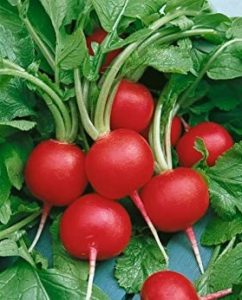
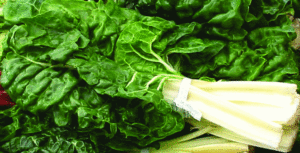
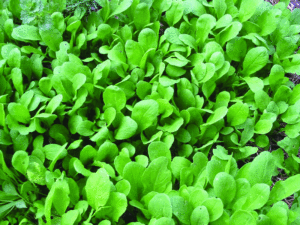 ugula: One of the most nutritious leafy-green vegetables, Rocket is a quick crop, maturing in just 40 days. It grows to a height of 2-3 feet and develops edible white flowers. The leaves have a mildly peppery flavor that add a spicy kick to salads and sandwiches.
ugula: One of the most nutritious leafy-green vegetables, Rocket is a quick crop, maturing in just 40 days. It grows to a height of 2-3 feet and develops edible white flowers. The leaves have a mildly peppery flavor that add a spicy kick to salads and sandwiches. Golden Acre Cabbage: A compact round head cabbage that is suitable for close spacing (perfect for smaller gardens where space is a premium.) Delicate but crisp in texture, the leaves have a bright spicy flavor that mellows to buttery sweetness when cooked. GASU also offers a Red Acre cabbage similar to Golden Acre, but with reddish-purple heads.
Golden Acre Cabbage: A compact round head cabbage that is suitable for close spacing (perfect for smaller gardens where space is a premium.) Delicate but crisp in texture, the leaves have a bright spicy flavor that mellows to buttery sweetness when cooked. GASU also offers a Red Acre cabbage similar to Golden Acre, but with reddish-purple heads.